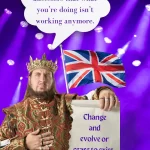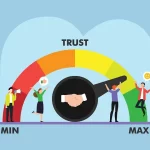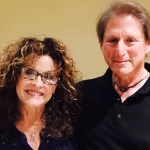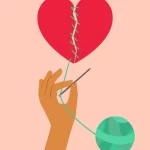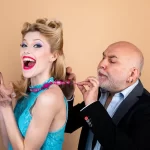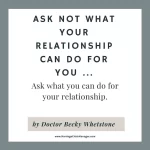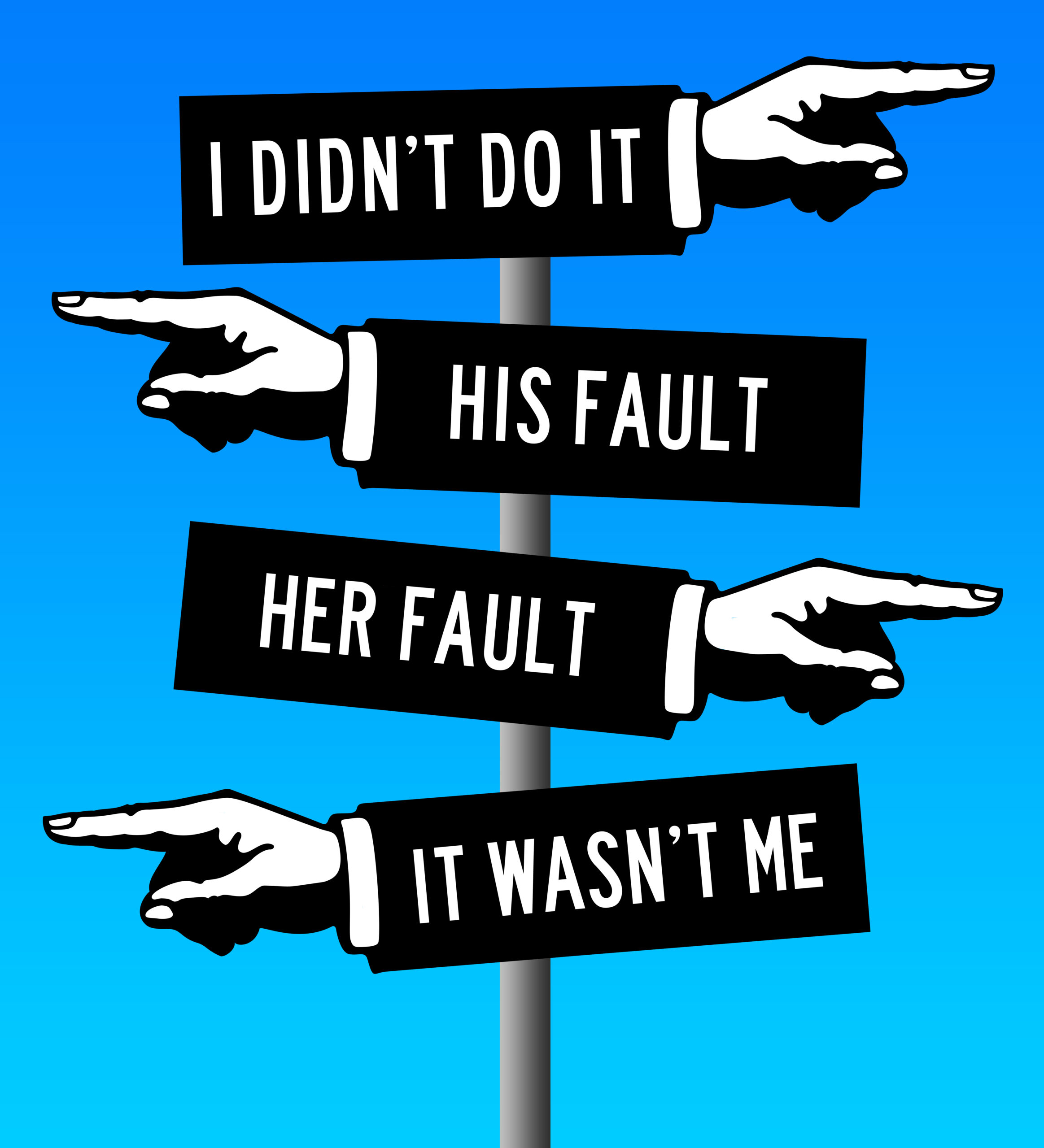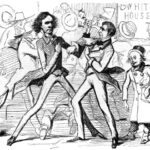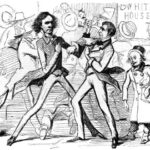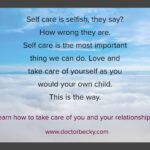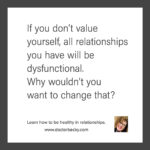Just coming back from Los Angeles and Terry Real’s Relational Life Therapy training, I am mulling over what I learned. One of the things Real specializes in is treating couples where one person is a narcissist. Every therapist knows how hard it is to work with individuals with a personality disorder, and the narcissist is no exception. Unfortunately for us and the world, they exist in plentiful supply. Imagine: A person who thinks he* knows more than anyone and looks at others in a “looking-down-at-them and I-know-better-than-you” position, with a steel-reinforced defense mechanism and/or boundary-less offender. Add to that a strong resistance to change and learning new things and ideas … if it sounds like it would be difficult to help them, you’d be right.
I feel I must say that for couple’s therapy to be truly successful, we need each person to enter the arena with a humble heart – open to admitting what they may be doing wrong, seeing the other person’s perspective, and eager to make things right. Narcissists simply cannot do that, and most often when the therapist hits resistance from them and their steel defense mechanism, (and they will!), the narcissist will refuse to return to therapy. Heaven forbid that their sensibilities get offended. They often refuse to return to the therapy, with while telling their spouse later that the therapist was a “quack” or “idiot.”
So how to break the code and get the narcissist to play ball in the therapy arena? It involves first, educating them about the details of what their personality really says about them – never using the word narcissist unless you really think it would make a positive difference; that they have come out of childhood with a very damaged ego system, that at the bottom of it is a belief that they aren’t good enough, and the puffed up arrogance that has resulted is really a false self-created long ago to get them through life. The problem with that is …
1. They aren’t being genuine and authentic, and it takes a lot of energy to keep supporting a false self by putting on an act every day.
2. It is not relational. People simply cannot have a healthy relationship with a person who looks down at others and either has an iron wall up or has no boundaries at all.
3. The false self, defensive walls or boundary-less behavior are a result of toxic shame taken on in childhood. Toxic shame is the underlying belief that a person is defective or not good enough.
So after educating them about their personality traits and how those traits are not conducive to relationships, we introduce a strategy of joining with them through a little dose of the truth: “How you are behaving is not a good thing … is this who you really want to be?” “Do you really want to be this person to your children?”
We know that underneath all the puffed-up-ness is a real human being that is functional and able to give and take and love deeply. The arrogance and defenses or boundary-less behavior can be controlled because we have evidence that in some circumstances, say in the workplace or with friends, he does control himself and act reasonably. We simply have to get him to access his better, more kind and gentler self, the one that Pia Mellody-trained therapists call “The Functional Adult,” and the Christian religion refers to as the Holy Spirit. We want him to use it instead of his ugly side. If he succeeds he has a chance at having healthy relationships with the people he loves the most.
Another important part of this is to show couples the Relationship Grid graphic. This way they will know absolutely that their stance is not conducive to having a healthy relationship, creating a visual that makes it impossible to deny that a person is not functional enough to be relational. If you’re personality falls into the green area, something isn’t working.
Here it is:
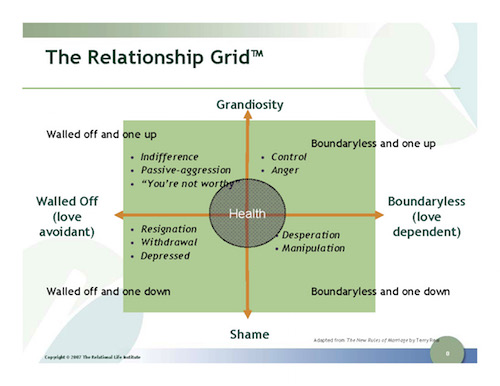
The Relationship Grid graphic shows us that dysfunctional people’s self-esteem is either openly grandiose or shame-filled, meaning their behavior exhibits they think they are better than others, or less than others; and emotionally and boundary-wise they either hide behind a wall (walled-off) or have endless need for their partner’s connection (boundary-less). Find out which combination you and your partner have, and you’ll find out why your relationship doesn’t work.
It is probably important to understand that in the center of the grid is the healthy person, who has neither walls nor endless needs and is available and able to connect and be close or to give space, and neither thinks they are better or less than anyone else. These people have a basic respect and love for themselves and other human beings.
A narcissistic person is going to be on the grandiose end of the spectrum, and they will either be walled off or boundary-less. Show them this and there will no doubt that their stance will not work within a romantic relationship. Of course, if the partner is a one-down person and walled off or boundary-less, we will need to work on them to have healthy self-esteem, to strengthen their spine when it comes to dealing with their “I know best” partner, and to exhibit moderation in their need for connection.
* Narcissists come in both genders, of course. I use the pronoun he here for ease of communication.

 Becky Whetstone is an Arkansas native and has a Ph.D. in Marriage and Family Therapy from St. Mary’s University in San Antonio, Texas. She is a Licensed Marriage and Family Therapist (LMFT) in Texas and Arkansas.
Becky Whetstone is an Arkansas native and has a Ph.D. in Marriage and Family Therapy from St. Mary’s University in San Antonio, Texas. She is a Licensed Marriage and Family Therapist (LMFT) in Texas and Arkansas. 












